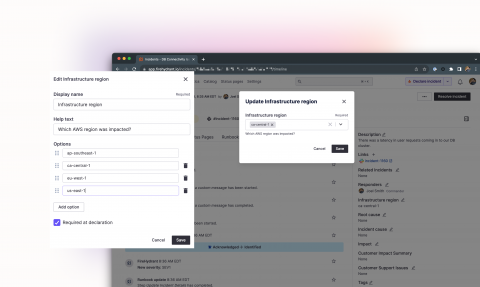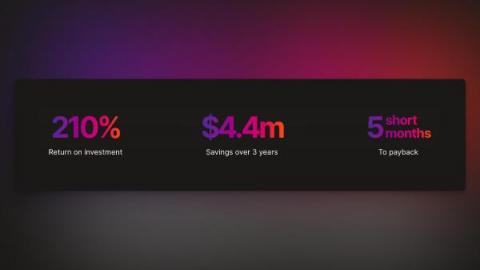Custom fields: make FireHydrant your personalized incident management platform
Today we're releasing custom fields, a powerful new feature that empowers you to tailor FireHydrant to your organization's specific needs and capture essential incident details. Custom fields help you track critical states, involved parties, resolution specifics, affected services, messages, and more — almost anything you want! — all aligned with your unique workflows. Regardless of the size of your team or the maturity of your processes, custom fields adapt to your workflow.





